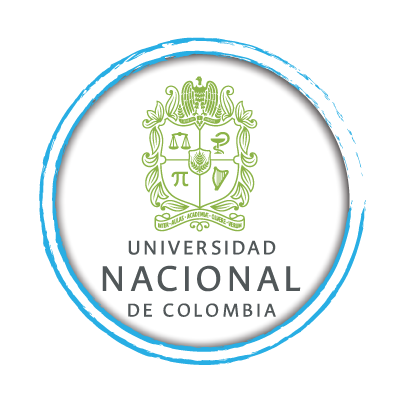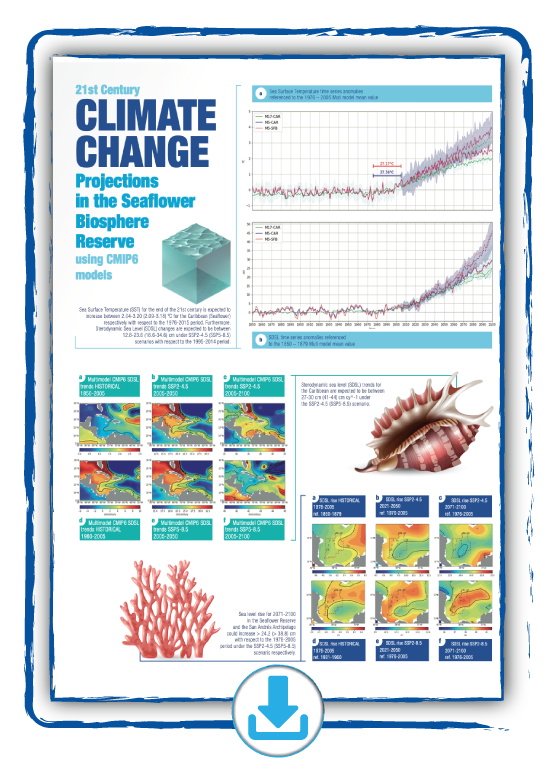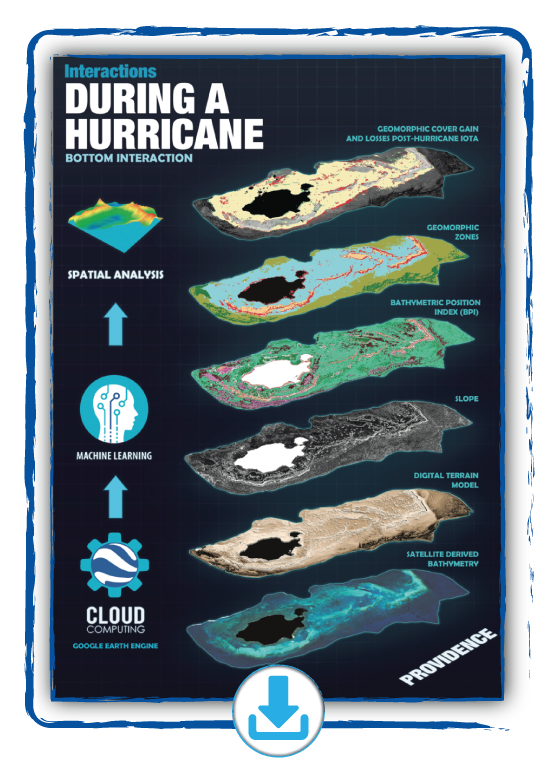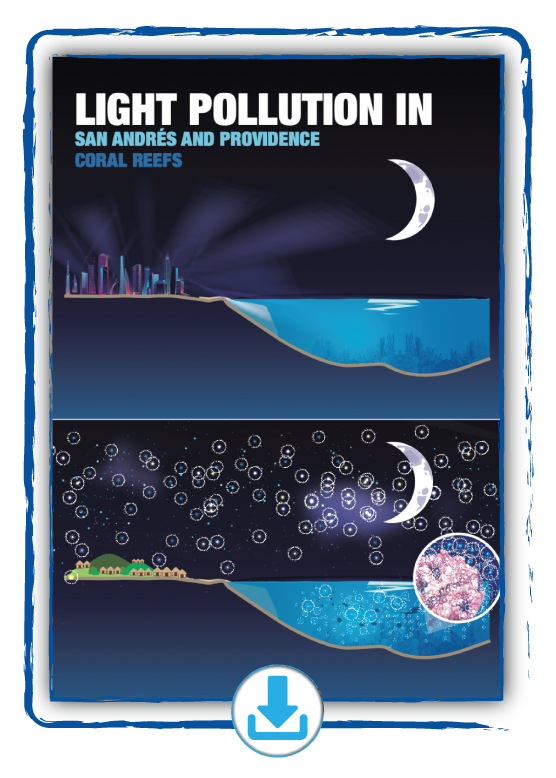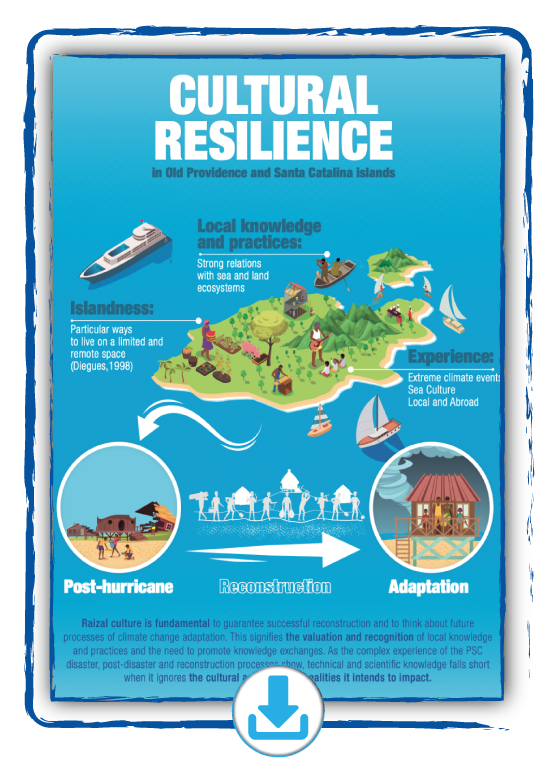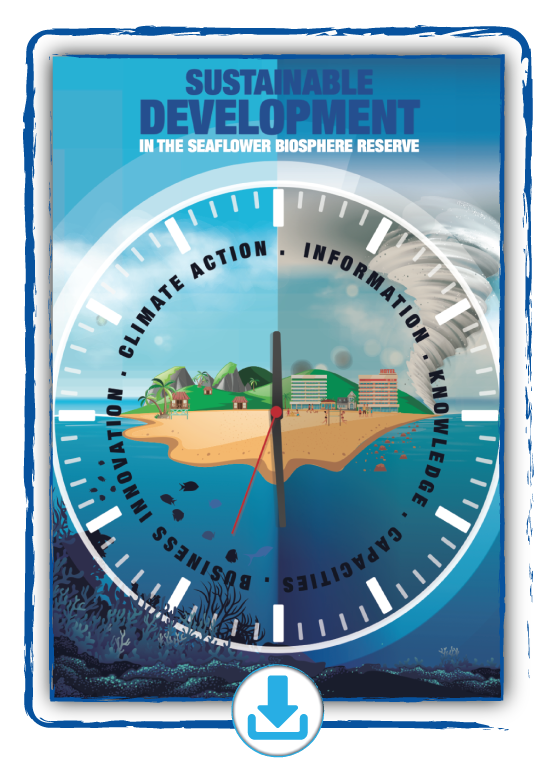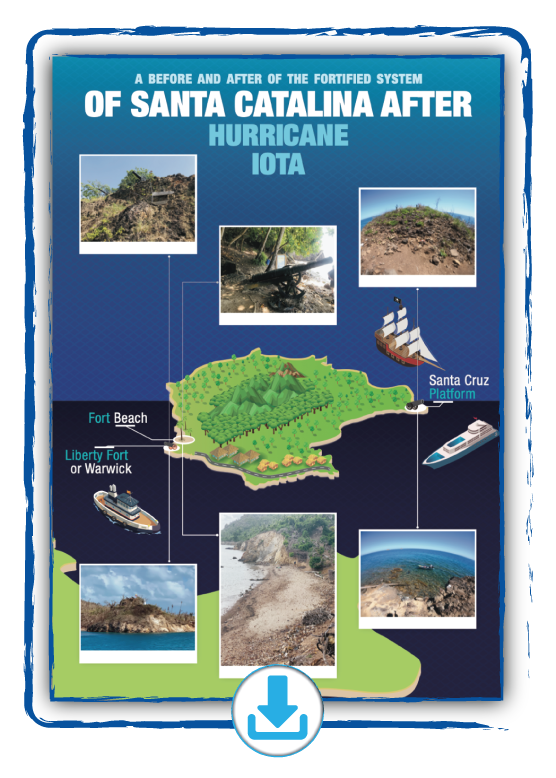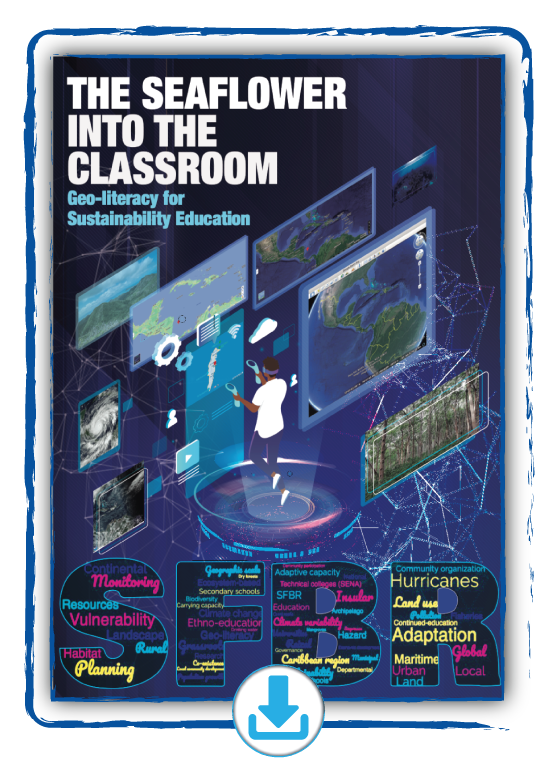
Climate Change Adaptation and Mitigation in the Seaflower Biosphere Reserve
Hardcover ISBN: 978-981-97-6662-8 | Softcover ISBN: 978-981-97-6665-9 | eBook ISBN: 978-981-97-6663-5
The Seaflower Biosphere Reserve in the Colombian Archipelago of San Andrés, Providencia, and Santa Catalina is one of the world’s largest Biosphere reserves since its designation by UNESCO in November 2000. Biosphere reserves have particular and unique importance as places in which to study, learn, and replicate forms of transdisciplinary mitigation and adaptation worldwide.
What happened?
In November 2020, Hurricanes Eta and lota hit the archipelago within the space of a fortnight. While the archipelago has always been affected by Atlantic hurricane seasons, the category 4 Hurricane Eta hit the archipelago on November 2, 2020, followed soon after by the category 4 Iota on November 16, 2020 –the first time a hurricane of this magnitude had directly impacted this group of islands in the Southwest Colombian Caribbean– causing unprecedented damage.
In the case of Providencia in particular, over 90% of the housing and infrastructure on the island was destroyed or damaged. Additionally, there was significant damage to the ecosystems on and around the islands of the archipelago, but also key lessons to be learned from the protection offered by these ecosystems to both people and infrastructure during these extreme events.
In this scenario, CEMarin opened a scientific call after the disaster, and this book compiles a selection of peer-reviewed chapters spanning a wide range of disciplines and with the participation of national and international academics, policy-makers and local community members in the archipelago.
What is the book about?
This book explores the impacts of Hurricanes Eta and Iota and the subsequent disaster in the Seaflower Biosphere Reserve, using these events as a foundation for case-based research and education. This book aims to present the contributors’ varied perspectives, guided by their respective areas of expertise, to stimulate critical thinking across an entire field, and to promoting the all relevant stakeholders to think in new and transdisciplinary ways, both in the archipelago, in Colombia as a whole, and in other areas around the world with similar characteristics and challenges.
The focal themes of the book related to the impact of hurricanes on tropical island ecosystems include: Marine and coastal biodiversity, Ecosystem services, Fisheries, Indigenous Raizal culture and Research and education.
The book is divided into three broad sections:
1) Understanding climate change and its socio-environmental impacts in the Seaflower Biosphere Reserve
2) Society, Seaflower marine ecosystem services, and climate change adaptation
3) Education and research on climate change.
Take a look at the book’s infographics and abstracts!
CHAPTER 1
Introduction
José Ernesto Mancera Pineda, Andrés F. Osorio, Cesar Toro and Carolina Sofía Velásquez Calderón
CHAPTER 2
CMIP6 Ocean and Atmospheric Climate Change Projections in the Seaflower Biosphere Reserve – Caribbean Sea – by the End of the Twenty-First Century
David Francisco Bustos Usta and Rafael Ricardo Torres Parra
CHAPTER 3
Reconstructing the Eta and Iota Events for San Andrés and Providencia: A Focus on Urban and Coastal Flooding
Andrés F. Osorio, Rubén Montoya, Franklin F. Ayala and Juan D. Osorio-Cano
CHAPTER 4
Rapid Remote Sensing Assessment of Impacts from Hurricane Iota on the Coral Reef Geomorphic Zonation in Providencia
Hernando Hernández Hamón, Paula A. Zapata Ramírez, Rafael E. Vásquez, Carlos A. Zuluaga, Juan David Santana Mejía and Marcela Cano
climate adaptation on Caribbean Islands
CHAPTER 5
A Light Pollution Assessment in the Fringing Reefs of San Andrés Island: Towards Reducing Stressful Conditions at Impacted Coral Reefs
Andres Chilma Arias, Sebastian Giraldo-Vaca and Juan A. Sánchez
CHAPTER 6
Ciguatera in the Seaflower Biosphere Reserve: Projecting the Approach on HABs to Assess and Mitigate their Impacts on Public Health, Fisheries and Tourism
José Ernesto Mancera Pineda, Brigitte Gavio, Adriana Santos Martínez, Gustavo Arencibia Carballo and Julián Prato
CHAPTER 7
The Biosphere Reserve Concept, Seaflower and Climate Change
Germán Márquez
CHAPTER 8
Marine Ecosystem Services for Climate Change Adaptation and Mitigation Strategies in the Seaflower Biosphere Reserve: Coastal Protection and Fish Biodiversity Refuge at Caribbean Insular Territories
Julián Prato, Adriana Santos Martínez, Amílcar Leví Cupul Magaña, Diana Castaño, José Ernesto Mancera Pineda, Jairo Medina, Arnold Hudson, Juan C. Mejía Rentería, Carolina Velásquez, Germán Márquez, Diana Morales de Anda, Matthias Wolff and Peter W. Schuhmann
climate adaptation on Caribbean Islands
CHAPTER 9
Climate Change Effects on Seaflower Biosphere Reserve Fishery Resources
Carolina Velásquez, Adriana Santos Martínez, Anthony Rojas Archbold, Julián Prato
CHAPTER 10
Overcoming Iota: A Reflection on Old Providence and Santa Catalina in the Face of Climate Change
Ana Isabel Márquez Pérez
CHAPTER 11
Climate Change: A Business Perspective of the Tourism Industry in the Seaflower Biosphere Reserve
Lorena Aldana Pedrozo and Rixcie Newball Stephens
CHAPTER 12
Archeology Expanded – A Multidisciplinary Approach for Natural Disaster Response
Víctor Andrés Pérez Bermúdez and Daniela Vargas Ariza
climate adaptation on Caribbean Islands
CHAPTER 13
Taking Seaflower to the Classroom: A Proposal to Bring Sustainability Education to High Schools in an Oceanic Archipelago (Western Caribbean, Colombia)
Juan F. Blanco Libreros, Sara R. López Rodríguez, Jairo Lasso-Zapata, Beatriz Méndez, Nairo De Armas, and Margareth Mitchell-Bent
CHAPTER 14
Advances and Needs in Marine Science Research in the Archipelago of San Andrés, Providencia and Santa Catalina: A Literature Analysis
Camilo B. García and Johan Sebastián Villarraga
climate adaptation on Caribbean Islands
Why should I read it?
Understanding future regional climate behavior and developing effective adaptation and mitigation strategies are crucial for achieving a balanced relationship between people and nature. This book provides valuable insights into these pressing issues, helping you to understand and evaluate the complexities of climate adaptation on Caribbean Islands and to explore strategies for sustainable living in the face of the climate crisis.
Discover more on the book’s official page!
Editors

Ernesto Mancera

Andrés F. Osorio

Cesar Toro

Carolina Velásquez
